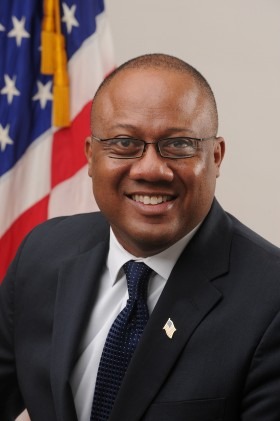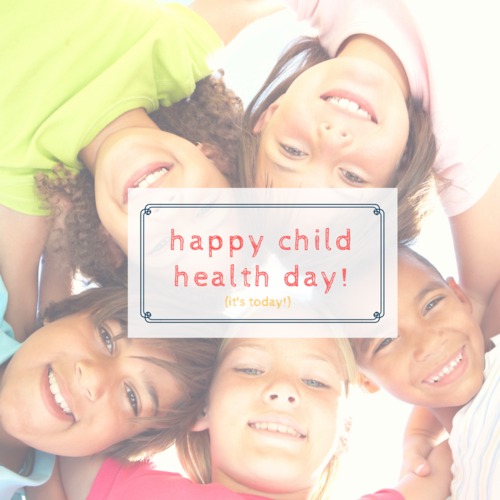Frontline Blog
New York Leading the Way with Paid Family Leave
October 2016
By First Deputy Commissioner Oxiris Barbot, MD, New York City Department of Health and Mental Hygiene, and Deputy Commissioner George L. Askew, MD, FAAP, Division of Family and Child Health

Today is National Child Health Day. On this day, and every other day, we at the New York City Department of Health and Mental Hygiene are pursuing an ambitious child health agenda with the goal of advancing health equity by undoing injustice.
For New York City’s children, inequities in social, environmental and economic conditions can determine health outcomes well before birth. Strong family relationships and community supports, however, can protect against toxic environments shaped by poverty and racism. Unfortunately, many working parents must choose between bonding with a new child and returning to work because their jobs fail to provide paid time off, making paid family leave a key policy for advancing child health equity.

The health benefits of paid leave are well documented. In the United States, paid family leave is associated with higher breastfeeding initiation and duration , improved well-baby care and improved mental health outcomes. Further, studies suggest that the length of paid family leave matters: having fewer than eight weeks of paid family leave increased the probability of reporting a poorer overall maternal health status, and fewer than twelve weeks of total leave (paid and/or unpaid) was related to increased symptoms of maternal depression.
With NYC public health surveillance data, we are strengthening the case for paid family leave. In 2012 we added three relevant questions to our Pregnancy Risk Assessment Monitoring System (PRAMS) survey, a representative sample of mothers who give birth in New York City. The PRAMS data, published as an Epi Data Brief, revealed striking disparities in leave-taking patterns, and confirmed that in the absence of a universal paid leave policy, inequity persists.

Using grant funding from the U.S. Department of Labor, we further explored these connections by surveying more than 1,000 women who had given birth in 2014. Unsurprisingly, a preliminary analysis of the data found that low-income working mothers were less able to take adequate leave following childbirth in the absence of income replacement. Specifically, we learned that low-income mothers, compared to higher-income mothers, were significantly more likely to report taking no leave (17.6% vs 3.6%) and only unpaid time (46.5% vs. 23.5%) following the birth of their child. Low-income mothers also reported shorter mean lengths of leave (9.98 vs. 13.78 weeks). These findings further underscore the need for paid leave programs that provide adequate wage replacement and job security.
We are optimistic that these inequities, faced by families at the very beginning of a child’s life, will be addressed by New York’s new paid family leave policy. Beginning in 2018, private sector workers in New York will be allowed time off to bond with a new child (including adopted or foster children), or care for a seriously ill family member, without fear of losing their job or health care coverage. When fully phased in, benefits will cover 67% of a worker’s salary—up to a maximum of 67% of the average statewide weekly wage. Further, New York City has taken an important step to support critical parent-child bonding, offering six weeks of fully paid leave for some non-unionized and managerial municipal workers. With these policies in place, New York has taken a meaningful step forward in protecting and promoting family and child health.
Societies are ultimately judged by how they protect those who cannot protect themselves — first among those, their children. Our paid family leave work reminds us of the power of public health in making the case for a just and equitable society. We remain committed to expanding the national dialogue around how research and policy can address social determinants of health to create better cities not only for the littlest New Yorkers, but the littlest Americans.